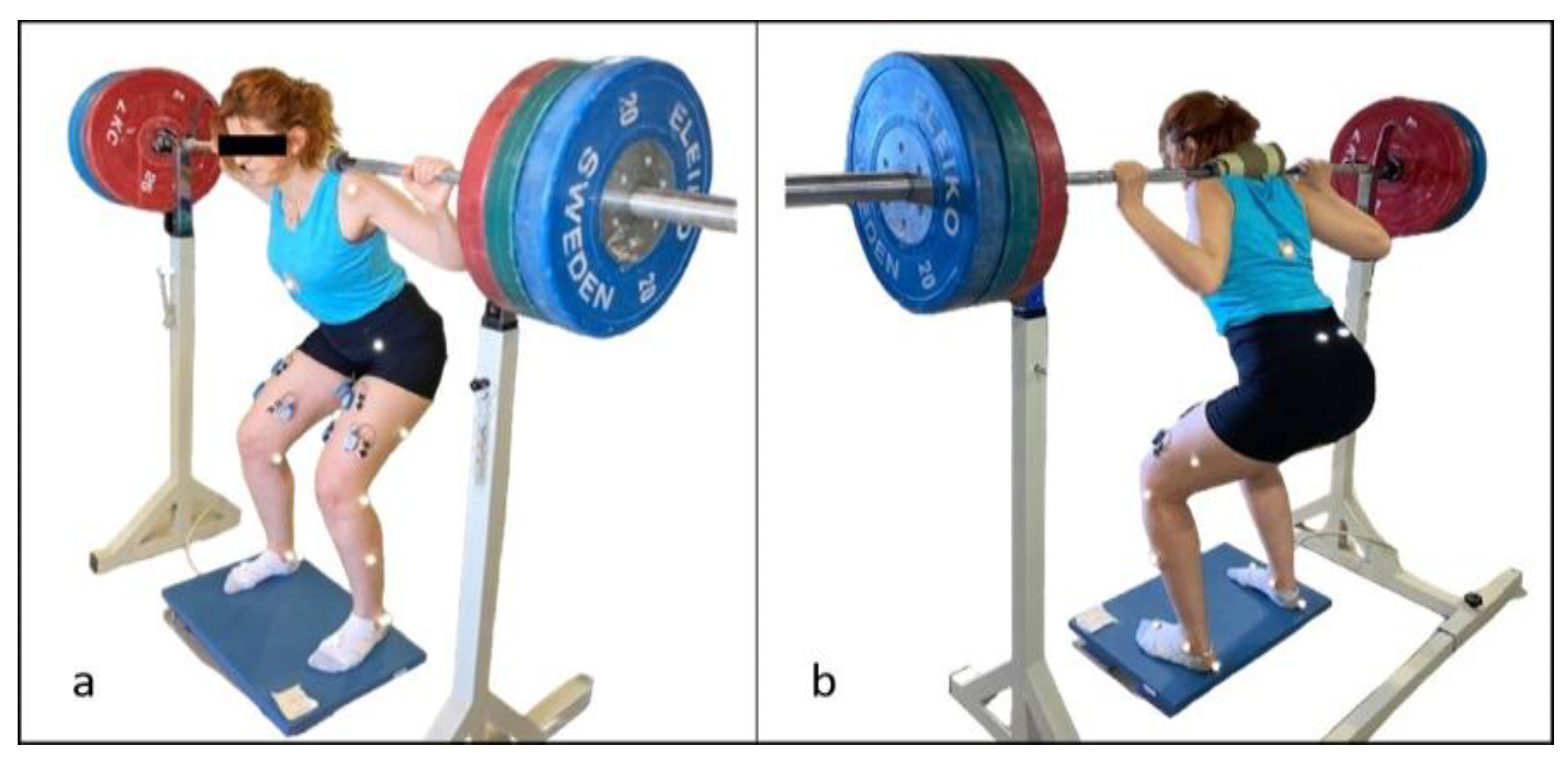A NOVEL EXPERIMENTAL APPROACH FOR IDENTIFYING BIOMECHANICAL PARAMETERS ASSOCIATED WITH PATELLOFEMORAL PAIN: A CASE REPORT
- Case Report
- Published on December 31 2024
 Damla Deniz
Damla Deniz
 Nihat Özgören
Nihat Özgören
 Serdar Arıtan
Serdar Arıtan
 Volga Bayrakcı Tunay
Volga Bayrakcı Tunay
Purpose: Patients with patellofemoral pain (PFP) may show muscle strength asymmetries that disrupt movement patterns and joint mechanics. Biomechanical measurements of neuromuscular and kinematic changes can improve understanding and management of PFP. This study investigates the change of ground reaction force (GRF), knee valgus angle and muscle activation patterns of the quadriceps muscle group on the affected and unaffected sides in an patient with PFP.
Methods: A 38-year-old right-dominant woman with right-sided PFP participated in the study. Marker-based motion capture, a force plate and surface electromyography (EMG) were used to measure physiological, kinematic and kinetic parameters during isometric contraction at half-squat position to evaluate the biomechanical effects of PFP.
Discussion: The muscle activation patterns of right vastus medialis (VM), vastus lateralis (VL), and left VM, VL and rectus femoris (RF) at the affected and non-affected sides showed strong positive linear correlations (r > 0.774±0.010) with GRF-time history except for right RF (r: 0.654±0.112). The integrated EMG value of the right RF was less than that of the left RF, which aligns with the lower correlation. The valgus angle in the left knee was 8.23º ± 2.98º and 2.76º ± 1.32º in the right knee.
Conclusion: Muscle activations were lower on the affected side, while the non-affected side exhibited a higher valgus angle. It might indicate that a compensatory mechanism on the non-affected side may counterbalance the increased valgus angle on the affected side, potentially contributing to pain. On the other hand, this finding should be supported by multiple participants with the proposed experimental setup.
